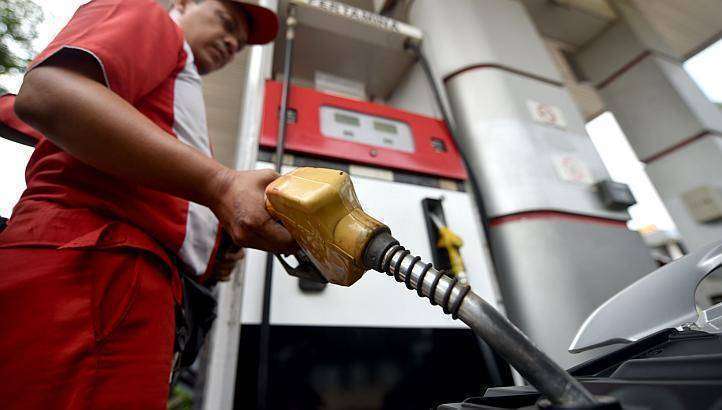Asia Pacific: Misconceptions Around Energy Efficiency
In countries like Philippines, Malaysia and Indonesia many businesses don’t perceive energy as a tangible good and aren’t aware of the numerous opportunities that exist to decrease energy consumption. Lights are left on during the day, AC is left running in unoccupied rooms, and even vehicle engines are running while no one is using them. This behavior is largely the result of government policies that have maintained artificially low energy prices through subsidies to the energy sector. But those times are changing.
Prices have already started rising rapidly – in Indonesia electricity prices for businesses rose by 15% in 2013 and in 2014 they rose between 28% and 64.7%, depending on the type of building. Currently, the government is relieving its annual energy subsidization in order to emerge from the massive debt it has accrued, thus many businesses are faced with economic losses and even bankruptcy with the sudden need to navigate the first era in which energy is a crucial aspect of financial planning. So what can be done to avoid the rising energy prices?
The possibilities to minimize energy consumption are countless, and some are surprisingly quick and easy to implement. Energy savings could be achieved through various behavioral changes, while energy efficiency could be improved by substituting or repairing various components of a building. Combining energy saving practices and energy efficiency measures helps buildings save up to 49% on their annual energy bills. So how does the reduction in energy consumption work?
Energy savings have often been achieved through behavioral changes – switching off the lights would result in energy savings. Energy efficiency, on the other hand refers to optimizing the equipment that consumes energy so that it can deliver the same service with less energy input. One simple example is LED light bulb, which will reduce the energy spend when compared to conventional light bulbs (LEDs also have a longer life-span).
Saving energy and money is fairly simple. A building is entered for inspection, data is analyzed, and energy saving suggestions are made that range from optimization of old equipment to its replacement with new and more efficient technology. Some of the energy conservation measures are often associated with little or no cost. Others may be more costly, like replacing old equipment, but would have a fast return on investment (usually less than 2 years) and result in significant financial savings after that period.
Some energy efficiency consultancies (those that are supported by ESCO, like SES) will even retrofit a company’s equipment free of charge and then receive payment by sharing some of the company’s energy savings. This eliminates your risk completely and essentially gives you free equipment and energy savings.
The misconception in Southeast Asia is that energy is an extra cost to businesses, and that it serves only the environment and has no financial incentive. The usual attitude towards energy efficiency investments is: “We want to invest less now, regardless of the future benefits”. Businesses are generally not aware of just how much money they will save over the course of even five years.
It is Synergy Efficiency Solutions’ hope that we can promote energy efficiency as a mutual benefit to all – saving energy, money, and the environment at the same time. SES has already helped various private and business clients take the next step, making them realize the huge monetary benefit of energy efficiency.
